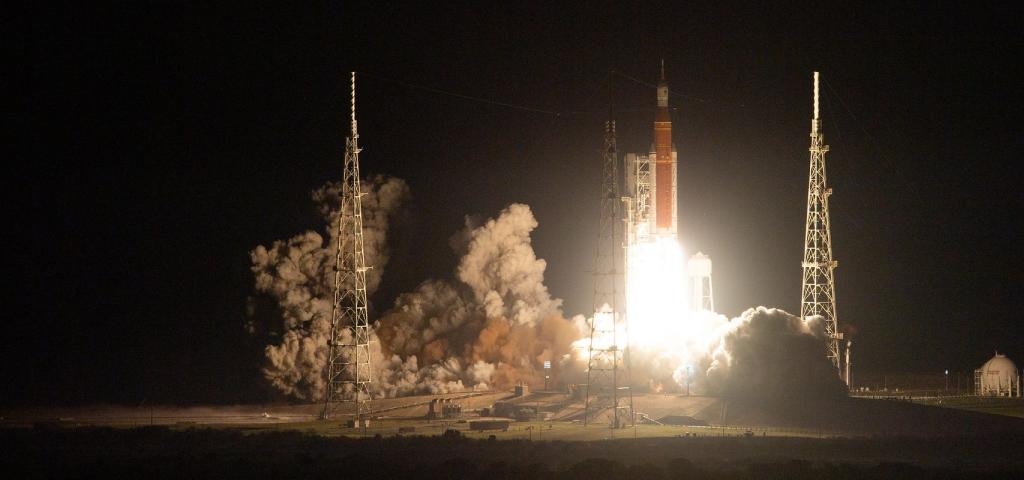
Our Journey Back to the Moon: Wind River Congratulates NASA on Artemis I Mission
Wind River congratulates NASA on the successful launch of the Artemis I mission, the start of our journey back to the Moon. For nearly three decades, Wind River has provided NASA with proven software to bring dozens of intelligent systems to space, resulting in some of the most significant space missions in history. We are extremely proud to add the Artemis I mission to our list of successful space missions.
There are many intelligent systems on each component of the Artemis mission, including: the Space Launch System (SLS) to provide control of the first stage of launch and trans lunar injection, the Orion Crew Vehicle for life support, communications, and Lunar orbit, as well as in the science experiments. We’re proud that many of these intelligent systems use our VxWorks real-time operating system technology or have been tested in the Wind River Simics full system simulation environment prior to deployment, both of which are part of Wind River Studio.
This first Artemis mission will demonstrate the performance of both Orion and the SLS rocket and test its capabilities to orbit the Moon and return to Earth. According to NASA, the flight will pave the way for future missions to the lunar vicinity, including landing the first woman and first person of color on the surface of the Moon.
There are many other firsts for this mission. Artemis I is the first visit to the Moon for the NASA Orion Crew Vehicle, albeit without astronauts this time around. It is also the first real test of the new Space Launch System, which provides some 8.8 million lbs thrust for this mission, with even more thrust planned for later missions. Another first is the inclusion of several innovative science and technology missions as part of the rocket payload.
Artemis II will follow, learning from data collected on this mission and will be the first manned mission to the Moon. Eventually, the plan is to build a Lunar Gateway, so that regular Artemis missions to the Moon can support living and science missions to the Moon.
This also gives NASA a chance to send 13 other science missions along with the Crew Vehicle, exploring such diverse topics as radiation effects on a living organism and the study of hydrogen on the Moon and exploring new technology such as solar sails, and control techniques at the LaGrange point. Deployments of the CubeSats will be at different points along the journey to the Moon, depending on the CubeSat mission requirements.
You can read more about the Artemis I science and technology at the NASA Artemis site.


